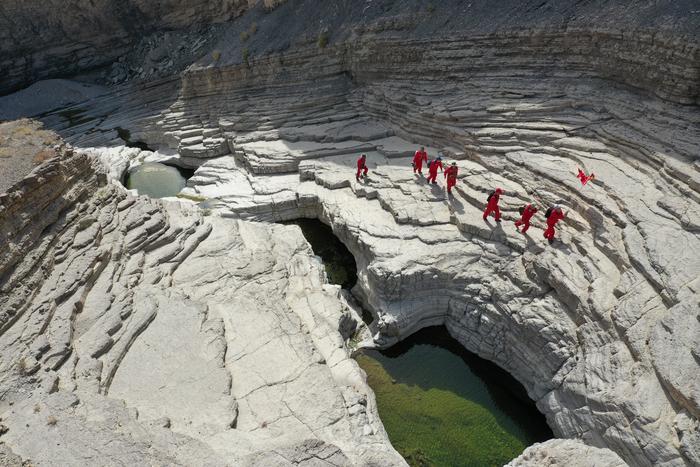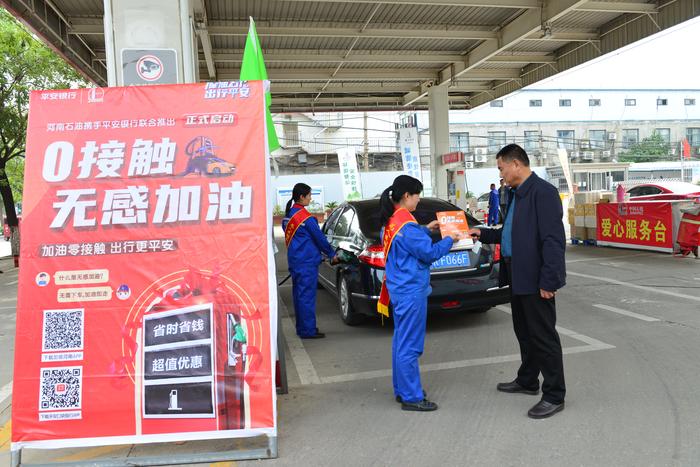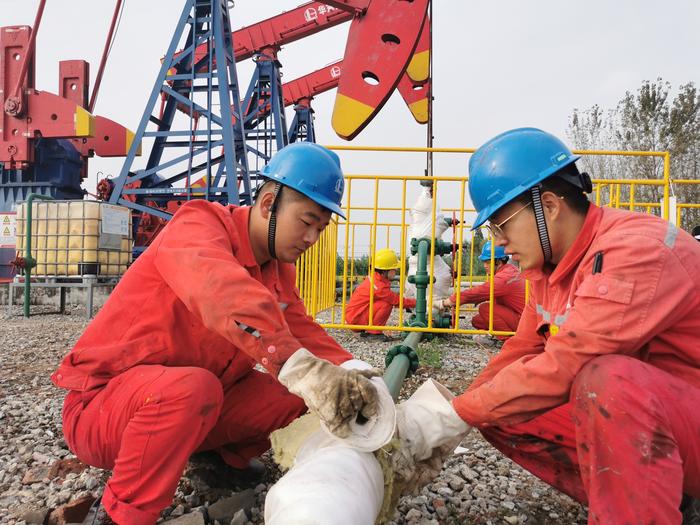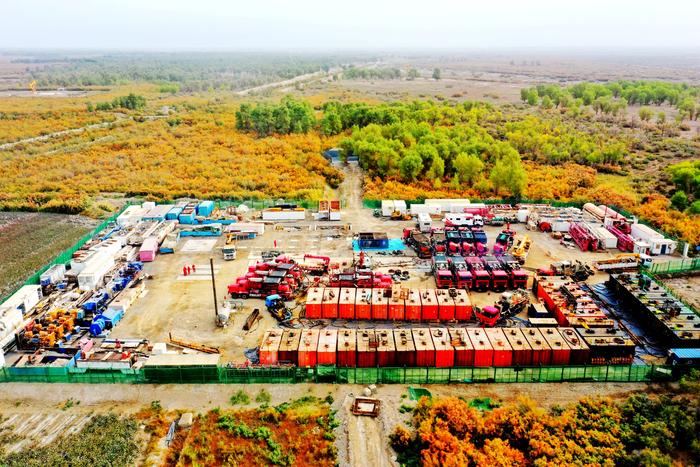|
| 2020-10-20 来源: 中国石化新闻网 |
| 石化新闻 |
中国石化新闻网讯 据彭博社10月15日报道,俄罗斯其中一家三大独立石油服务提供商表示,由于疫情威胁到油价复苏和全球需求,俄罗斯的原油生产商正打算削减2021年的钻井量。 Eriell Russia首席执行官多库尼金(Vitaly Dokunikhin)表示,俄罗斯生产商今年以来已经将石油钻探量减少了三分之一,2021年可能还会再减少20%。 根据与欧佩克达成的协议,俄罗斯今年进行了前所未有的减产,减产将持续到2022年4月。尽管这支撑了原油价格,但随着冠状病毒病例的激增,油价再度承压,并威胁到全球各地的石油钻探活动。欧佩克及其盟友也在讨论是否从明年1月起继续实施其放宽限制的计划。 对俄罗斯的石油服务供应商来说,2021年前景不容乐观,多库尼金在一次采访中表示:“由于预期需求将受到抑制,有关减少钻井量的非常具体的讨论正在进行。”他指的是与Eriell客户的谈判以及全行业的讨论。 他补充道,与石油生产商的对话是在油价短暂回升后,在夏季钻探停止下降后进行的。 据Evercore ISI的数据,今年俄罗斯和前苏联的油田支出预计将下降31%,至387亿美元。这将使其成为全球受原油价格暴跌影响第三大的地区,仅次于北美和非洲。俄罗斯能源部长诺瓦克(Alexander Novak)在《能源政策》(Energy Policy)杂志9月刊的一篇专栏文章中表示,2020年至2021年,俄罗斯石油服务市场可能会比去年减少一半。 国际文传电讯社(Interfax)上周援引卢克石油首席执行官瓦吉特•阿列克佩罗夫(Vagit Alekperov)的话称,在与欧佩克达成协议的过程中,卢克石油限制了其不太经济的项目和距离较远的油田的运营。 俄罗斯石油部和石油生产商相信,在协议到期后,俄罗斯能够相对较快地恢复石油产量。然而,在包括北极地区在内的绿地上钻探的减少,可能会推迟一些项目的产能增长,这些项目被俄罗斯视为未来产能增长的推动力。 Dokunikhin表示:“现在钻探减少将导致最有前景的新油田产量下降。如果我们关注新的北极油田,可能会拖延好几年。” 惠誉评级(Fitch Ratings)高级主管马里钦科(Dmitry Marinchenko)表示,明年削减石油开采的计划尚未最终敲定。俄罗斯生产商有很高的灵活性,然而,如果全球需求复苏放缓,迫使欧佩克延长减产协议,俄罗斯生产商可能决定将计划中的新油田钻探推迟到2022年至2023年,产能增长的倒退可能会持续一到两年。 为了支持这个陷入困境的行业,并为欧佩克+后续的产量增加做准备,俄罗斯能源部起草了一份计划,在2022年4月之前,将钻探约2700口未完成的油井。协议到期后,这些油井将完工并准备投入运营,这有助于加快俄罗斯产能的恢复。 据Dokunikhin称,这些占俄罗斯市场约10%至15%的油井的钻探可能会支撑油田服务业。他指出,在俄罗斯的石油服务行业,无论你的订单下降20%还是30%,都会产生巨大影响,因为这意味着你要么还在运营,要么已经破产了。 王佳晶 摘译自 彭博社 原文如下: Russian Oil Companies Look to Slash Drilling Even More Next Year Russia’s crude producers are looking to cut 2021 drilling as the pandemic threatens the recovery of prices and global demand, according to one of the country’s top-three independent oil-service providers. The nation’s producers, which have reduced oil drilling by as much as one-third so far this year, may cut it by a further 20% in 2021, said Vitaly Dokunikhin, chief executive officer at Eriell Russia. Russia has made unprecedented output cuts this year under a deal with the Organization of Petroleum Exporting Countries that’s set to last through April 2022. Though that helped support crude prices, they are again under pressure as the coronavirus surges, and threatening oil drilling everywhere. OPEC and its allies are also debating whether to proceed with its plan to ease the curbs from January. “The year 2021 doesn’t look too good” for oil-service providers in Russia, Dokunikhin said in an interview. “Amid expectations of a suppressed demand, very specific discussions are ongoing about reductions” of drilling volumes, he said, referring both to talks with Eriell’s clients and industry-wide discussions. The conversations with oil producers come after some respite in summer when drilling stopped declining on short-lived oil price recovery, he said. Oilfield spending in Russia and the former Soviet Union is expected to tumble 31% this year to $38.7 billion, according to Evercore ISI. That would make it the world’s third-hardest hit by the crude crash, behind North America and Africa. The Russian oil-service market may halve in 2020-2021 compared to last year, Energy Minister Alexander Novak said in a column for the September issue of the Energy Policy magazine. Amid the OPEC+ deal, Lukoil has limited operations at its less economical project and distant fields where communications may be limited, Interfax reported last week citing the company’s Chief Executive Officer Vagit Alekperov. Swift Recovery The ministry and oil producers are confident that Russian output can be restored relatively fast after the deal expires. Yet lower drilling at greenfields, including in the Arctic, may delay capacity growth at projects Russia sees as the drivers of future ramp-ups. “Lower drilling now will result in lower production at the most promising new fields that have just started to operate,” Dokunikhin said. “If we are talking about new Arctic fields, the delay may reach several years.” Plans to slash oil-drilling next year are not finalized, said Dmitry Marinchenko, a senior director at Fitch Ratings. Russian producers have a high level of flexibility, he said. However, if the global demand recovery slows, forcing OPEC+ to extend its pact, Russian producers may decide to delay planned greenfield drilling to 2022-2023, “and the setback in production capacity growth may reach one or two years,” he said. To support the beleaguered sector and prepare for the post-OPEC+ output ramp-up, Russia’s energy ministry has drafted a plan to drill about 2,700 unfinished wells until April 2022. After the deal expires, those wells would be completed and ready for operation, helping to speed up the recovery of Russia’s production capacity. If implemented, drilling of the wells, which make up about 10% to 15% of Russia’s market, could support the service industry, according to Dokunikhin. In the Russian oil-service business, “whether your orders fall 20% or 30% makes a difference,” he said. “It means that you are either still alive or already bankrupt.” |








